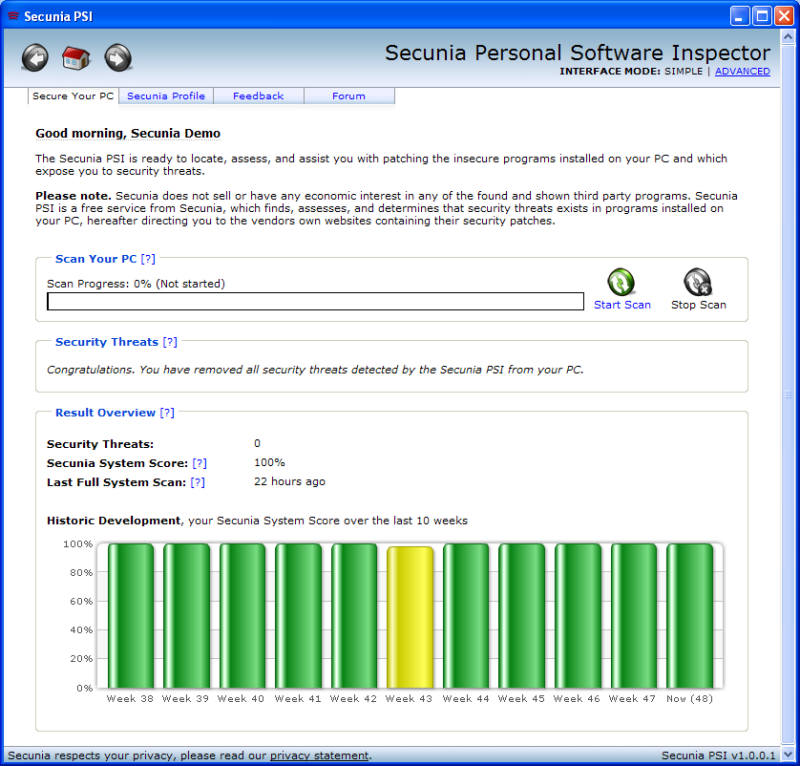
- #Network inspector for windows 10 update
- #Network inspector for windows 10 for windows 10
- #Network inspector for windows 10 Pc
- #Network inspector for windows 10 windows 7
You can temporarily disable real-time protection in the Windows Defender Security Center, but it will re-enable itself.
This service is a crucial part of Microsoft’s antimalware software, and you can’t easily disable it on Windows 10.
#Network inspector for windows 10 Pc
The Cloud-delivered protection feature can help your PC receive new definitions much more quickly, too, which can help protect you against zero-day attacks. We don’t recommend you disable this feature, as information about attacks sent to Microsoft can help protect others. Disable the “Cloud-delivered protection” and “Automatic sample submission” options. To do so, open the Windows Defender Security Center application, click “Virus & Threat Protection” in the sidebar, and then click the ” Virus & Threat Protection Settings” setting.

Windows Defender is configured to report any attacks it detects to Microsoft. However, with the default “Full” system-wide telemetry setting, information about web addresses you visit in Microsoft Edge and Internet Explorer may be sent to Microsoft.

This particular service is not reporting information about your web browsing and other normal network activity to Microsoft. If you try opening a dangerous file, the antimalware service stops you. This works just like standard antivirus file scanning, which watches the files you open and checks if they’re dangerous. If an attack is detected, it gets shut down. The name “Microsoft Network Realtime Inspection Service” may sound a little creepy at first, but it’s really just a process that’s watching your network traffic for evidence of any known attacks.
#Network inspector for windows 10 update
Microsoft-or the application vendor-can then work on a security update that permanently patches the security hole, which may take a while. A Microsoft blog post explains it in a bit more detail, saying that this “is our zero-day vulnerability shielding feature that can block network traffic matching known exploits against unpatched vulnerabilities.” So, when a new security hole is found in either Windows or an application, Microsoft can immediately release a network inspection service update that temporarily protects it. This feature was originally added to Microsoft’s antivirus programs back in 2012.
#Network inspector for windows 10 windows 7
Updates for the network inspection service that contain information about new threats arrive through definition updates for Windows Defender-or Microsoft Security Essentials, if you’re using a Windows 7 PC. If such an attack is detected, Windows Defender immediately shuts it down. It’s looking for suspicious behavior that suggests an attacker is attempting to exploit a security hole in a network protocol to attack your PC. In other words, this service always runs in the background in your PC, monitoring and inspecting network traffic in real time. The NisSrv.exe process is also known as the “Windows Defender Antivirus Network Inspection Service.” According to Microsoft’s description of the service, it “helps guard against intrusion attempts targeting known and newly discovered vulnerabilities in network protocols.”
#Network inspector for windows 10 for windows 10
RELATED: What's the Best Antivirus for Windows 10 and 11? (Is Microsoft Defender Good Enough?) This interface lets you scan for malware manually, and configure the antivirus software. On Windows 7, launch the “Microsoft Security Essentials” application instead. You can also find it by heading to Settings > Update & Security > Windows Security > Open Windows Defender Security Center. On Windows 10, you can interact with Windows Defender by launching the “Windows Defender Security Center” application from your Start menu. This process checks files for malware when you open them and scans your PC in the background. The main Windows Defender process is named “ Antimalware Service Executable,” and has the file name MsMpEng.exe.


 0 kommentar(er)
0 kommentar(er)
